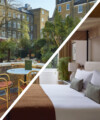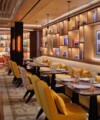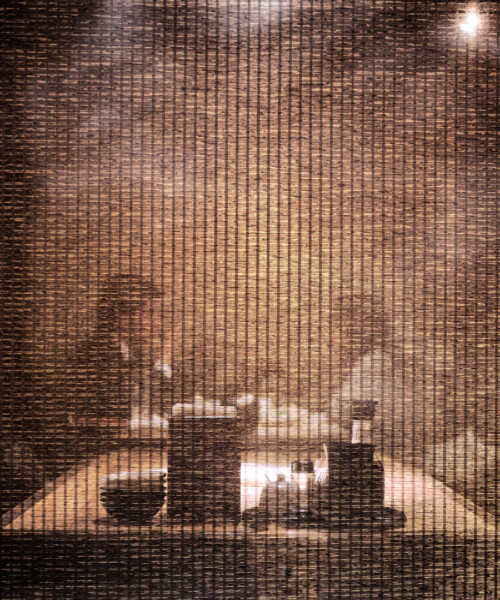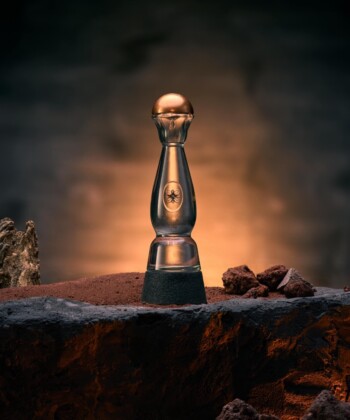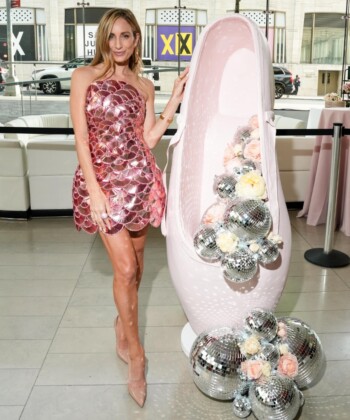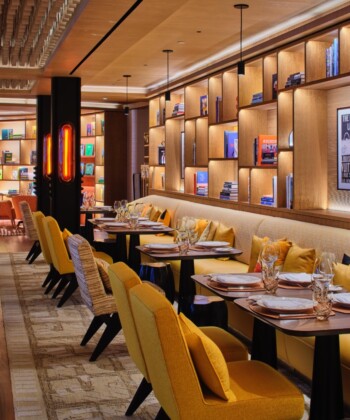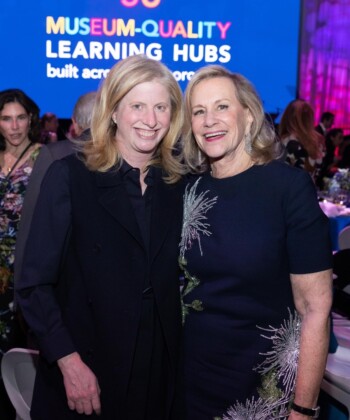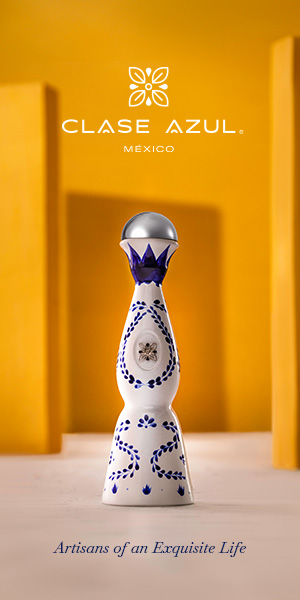In the good old days, back before things got weird, businesses usually tried to attract customers. A clothing boutique might have, say, mannequins and pay a premium for storefront windows. A restaurant might have a big neon sign that reads, “Eat at Joe’s” or, perhaps simply, “Restaurant & Bar.” But these days, the hottest restaurants are those that look the least like restaurants, or anything notable really. Louis Brandeis once wrote, “Publicity is justly commended as a remedy for social and industrial diseases. Sunlight is said to be the best of disinfectants.” Now, the more hidden a restaurant or a menu is from a man’s eyes, the more he wishes to see it.
Le Restaurant, whose obvious name belies its un-obviousness, is a case in point. No sign, neon or otherwise, marks the entrance. In fact, to enter it one must walk through a gourmet supermarket in Tribeca. Diners pass the fish slab, and head right, down a steep set of stairs into the warmly lit hobbit hole. Downstairs it’s Copenhagen-on-the-Hudson. The chef, Ryan Tate, might be a Michigander but the light blond wood, the serious mysterious chefs in their blue aprons, the candlelight and the smell of burnt wood is strictly Nordic. The menu, a chef’s tasting six-course affair for $100, isn’t overtly New Nordic. In fact, with dishes like snails and whelks in foamy huitlacoche mushroom broth, you’d be hard-pressed to pinpoint its origins.

But it’s not only entire restaurants that go underground. Even above-board restaurants have secret sides. Roman’s, Andrew Tarlow’s Fort Greene Italian restaurant, serves free pizza the first Wednesday of the month. High-end Japanese restaurants, like Ushiwakamaru, routinely turn into ramen shops after midnight. There’s an informal black market among foodies for off-menu items. Not the items themselves, but the knowledge they exist.
New York does not have a monopoly on secret or secretive dining options. San Francisco is a city of secrets, from the Widowmaker Pizza at A16 to a fistful of underground dining clubs like Stag Dining and Lazy Bear. Even Los Angeles has Totoraku, the high-end invitation-only Japanese steak house. And, of course, even national chains are rumored to have secret menus. McDonald’s has its Mc10:35 sandwich and Starbucks a secret Nutella drink. But despite these options, New Yorkers are obsessed with secret restaurants. Why?
Well, I’ve got a few theories. First, like many dwellers in urban first-world metropolises, at least the dwellers who regularly go out to eat, things have gotten a little too easy in the Big Apple. Finding great food and great restaurants is about as hard as growing older. And so, perhaps for fun, we erect hurdles to make things harder. Everyone wants a good challenge in their otherwise gently rolling lives, so why not make it dinner?
But real estate also plays an important role. Unless one is not very popular and has few friends or one is very wealthy and has many, entertaining at home is simply not an option. There’s a point in our lives when being crammed into a kitchen with twelve other people ceases to feel bohemian and begins to stifle. Secret dining clubs, secret restaurants, secret dishes forms a community—a fleeting one, but a community nonetheless. You are eating in the company of others as cool or as dogged as you. You might not make eye contact. You certainly will never acknowledge it, but these are your brothers and sisters in dining. Restaurants are our living rooms. Secret restaurants are our clubhouses.
So as I slurped my snail at Le Restaurant on a recent evening, I surreptitiously surveyed the room. Handsome men and toothsome women, one precocious tween on his iPad. Couples looking tenderly at each other. Quartets engaged in looking tenderly in four variations. It felt good to see so many people, beautiful people, though perhaps that was due to the soft light and the Perfect Rye Manhattans. Sadly, the New York Times had already raved about Le Restaurant. The secret was out and it was time to move on.




















